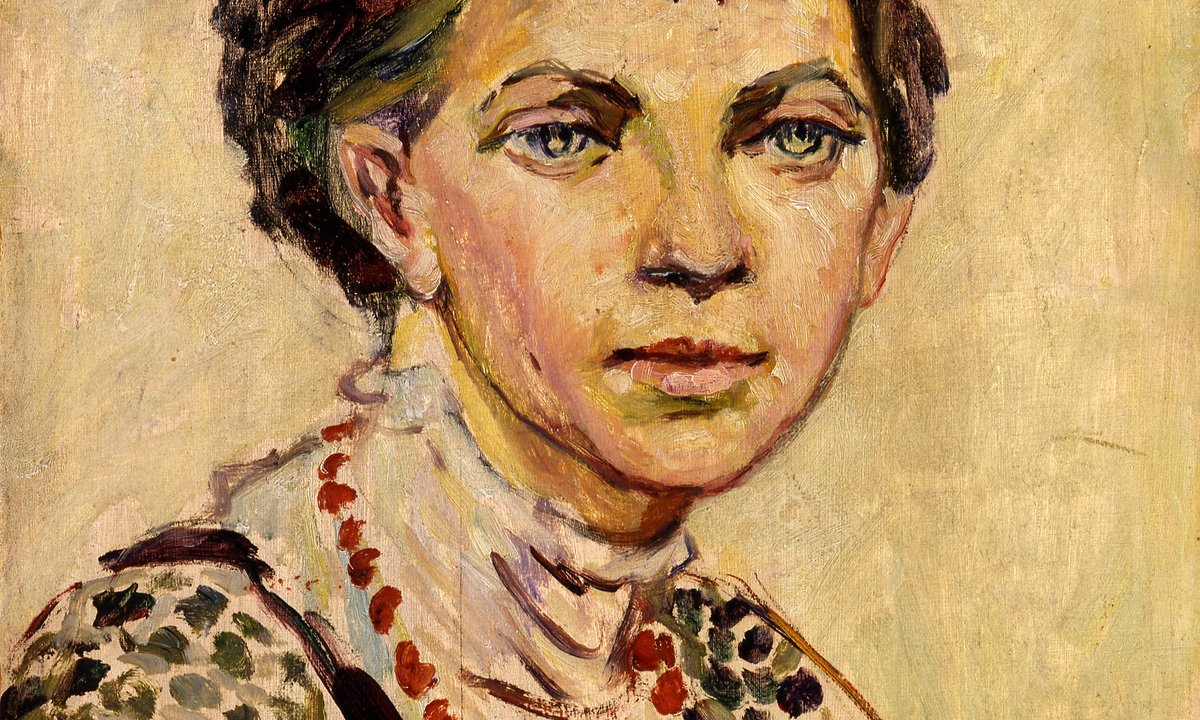
"such as Thomas Eakins (1844-1916) or, for that matter, the amateur painter Appleton. "I was brought up to believe that matrimony was the desired end of a woman's life", sighed Anne Goldthwaite (1869-1944), an aspiring painter from Montgomery, Alabama. There were other obstacles, too: the French capital was rumoured to be a mecca not only for artists but also for brazen pickpockets. And then there was the sheer expense of living."
"Originally built as a porcelain factory, for two decades 4 Rue de Chevreuse offered a safe home (and affordable meals) to some of the brightest female talents in American art. The members of "the Club" rose early and worked hard during the day, hoping to achieve their life's dream of inclusion in one of the famous annual Parisian art shows, the "salons"."
A Boston quip suggested that Americans go to Paris, and many American artists sought Paris as a place to live and work. Turn-of-the-century American women artists faced greater difficulty relocating to France than male counterparts due to expectations of matrimony, safety concerns, and expense. Elisabeth Mills Reid opened the American Girls' Club at 4 Rue de Chevreuse in Montparnasse in 1893, offering safe housing and affordable meals. For two decades the Club housed promising female artists who rose early, worked hard, and aimed for inclusion in the annual Paris salons. The Club provided companionship and domestic comforts alongside artistic striving.
Read at The Art Newspaper - International art news and events
Unable to calculate read time
Collection
[
|
...
]